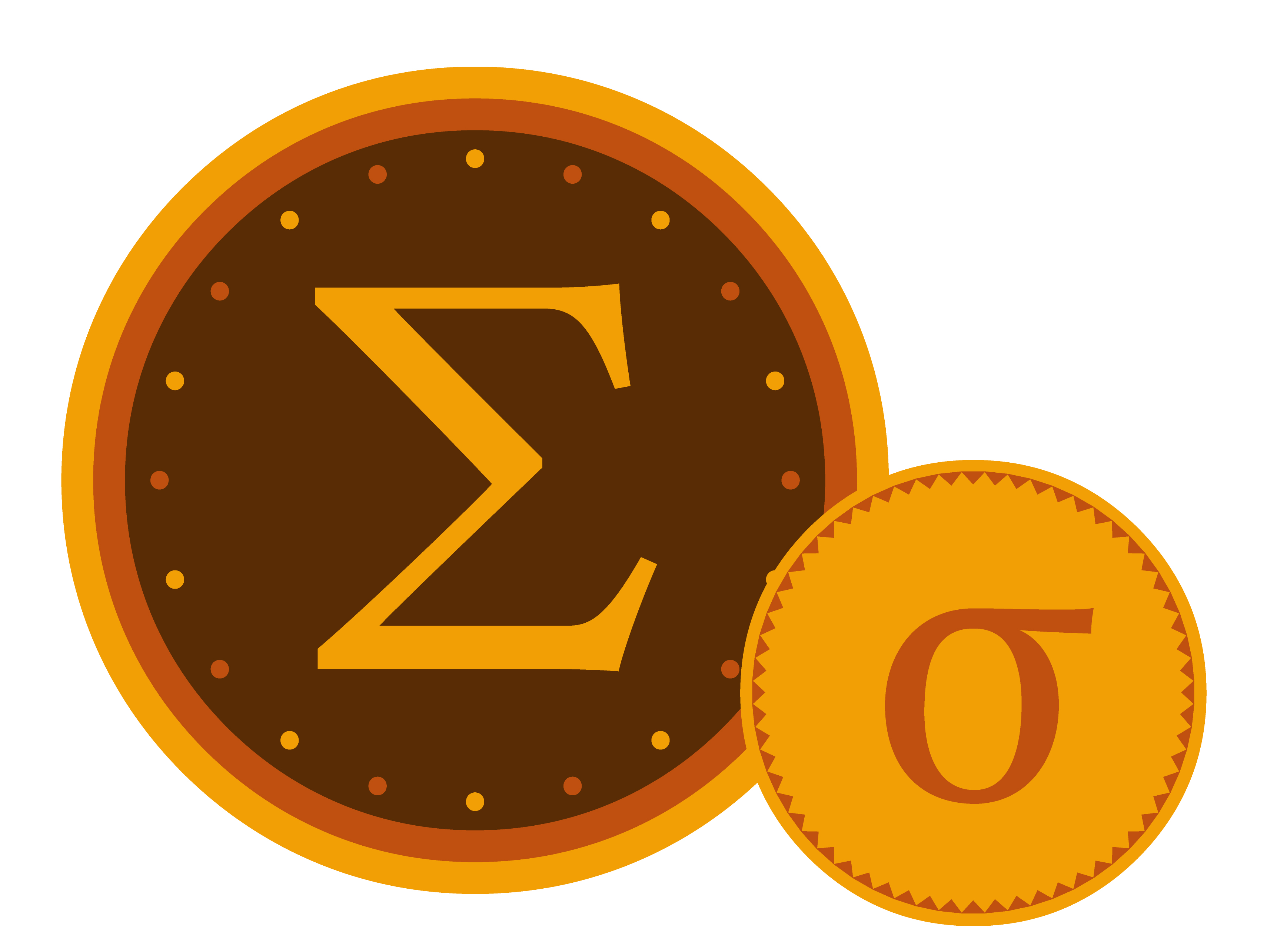

Thinking about the computable numbers and how you might turn a convergent series into a program witnessing the computability of the series' limit might also be helpful but one should understand the real numbers properly first, I think. Sure, it might be helpful to think about how one could solve something mechanically but you have to be careful about where the computer analogy stops.

The real numbers are uncountable and thus cannot be modeled by a computer. If OP actually struggles with infinite sums/series, then I don't think thinking about computer programs is helpful.

For example, a sigma-algebra is a collection of sets closed under countable union and a sigma-compact topological. As a lower case letter (sigma) it is a prefix used in several contexts to indicate that a term is referred in some way to countable unions. As an upper case letter (Sigma), it is used as a symbol for sums and series. I guess that OP would still struggle with the recursive definition above then. Sigma is the eighteenth letter of the ancient Greek alphabet. If it's finite sums, then I guess my original point above is irrelevant. Thinking of finite sums as for loops (or the above code, or whatever your language offers for summing values (IntStream#sum anyone)) is definitely helpful since finite math is usually mechanical and you can just write a program that finds solutions. Note that this does not even define an order of evaluation when working in eg Haskell. So, instead of writing all the numbers in a sample space and adding them together, its easy to put the sum of/ sigma of x (what your. if you use a functional language you can define sum f = 0 | sum (x:xr) f = f x + sum xr f Relevant png images Pi Day Mathematics Mathematical notation Summation, pi, text, monochrome png 768x795px 114.87KB Sigma Greek alphabet Symbol Phi Summation.
Sigma math sign code#
I mean, you can write your programs sufficiently declarative if you chose the right language so that a finite sum in math notation and in code end up trivially isomorphic. But this feels like a technicality: sigma notation is so suggestive of a particular method of calculation (take the limit of successive finite sum) that distinguishing them here seems like a distraction. That is, for loops represent the process of getting a final calculation, while sigma notation represents the result of that calculation, no matter how you get there. So the caveat: for loops are imperative while math notation like sums are generally declarative, and I think this is what you're getting at. The two feel identical, and extending the two to infinity feels natural and reasonable - or at least, as natural and reasonable as each other, depending on how comfortable you are with infinity, but that doesn't change between for loops and sigma notation. + 50 (i.e., the sum of the first 25 even natural numbers) then we can write this sum easily using the sigma notation as \(\sum_\) (i 2 + 1) = (1 2 + 1) + (2 2 + 1) + (3 2 + 1) + (4 2 + 1) + (5 2 + 1).Even if math, we think of infinite series as the limit of finite series, and finite series are definitely analogous to for loops (with a caveat which I'll get to in a moment). For example, if we want to write the sum 2 + 4 + 6 +. The terms that are being added in sigma notation are called "summands" or "addends".

This is also known as summation notation as it represents a sum. We know that a sequence is a collection of terms that follow a pattern and sigma notation is used to represent the sum of such elements. Sigma notation is the most easiest way of writing a very large sum of elements of a sequence in a simple manner.


 0 kommentar(er)
0 kommentar(er)
